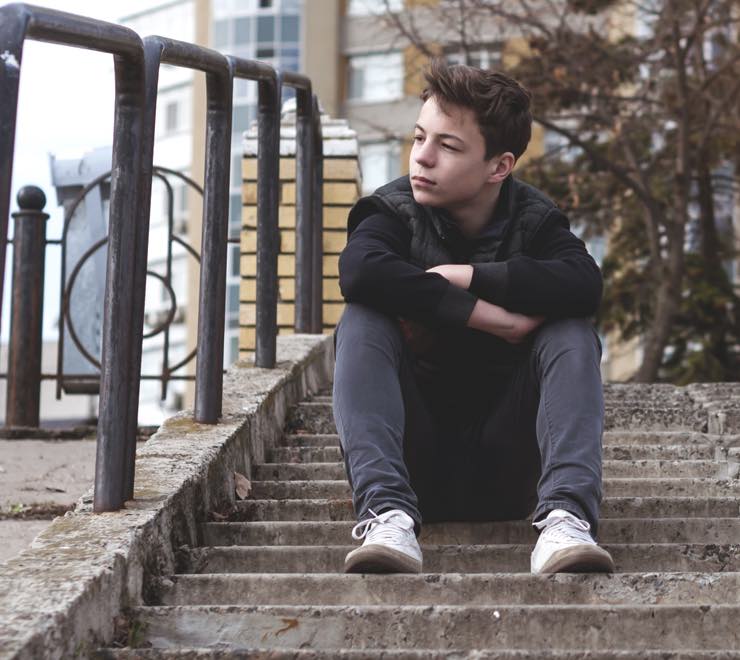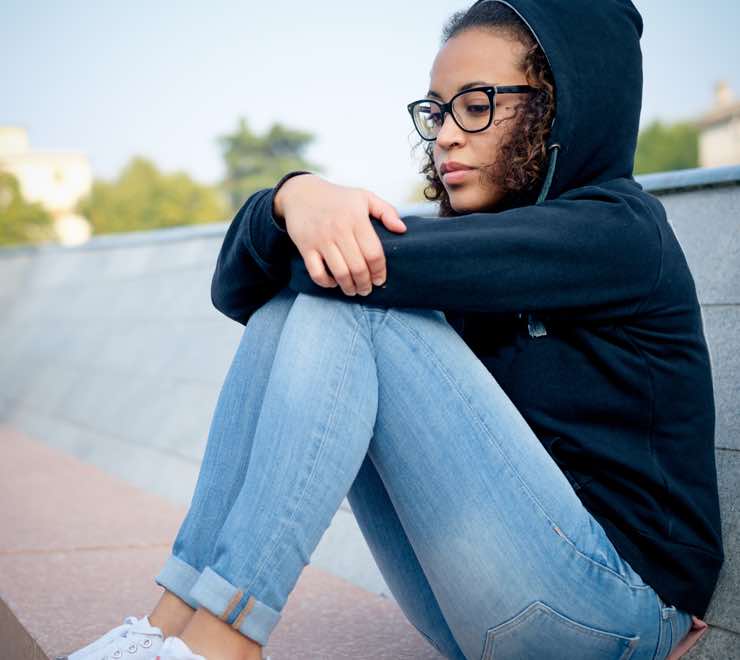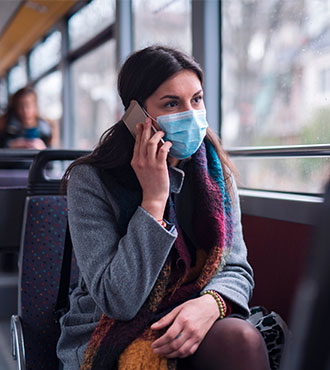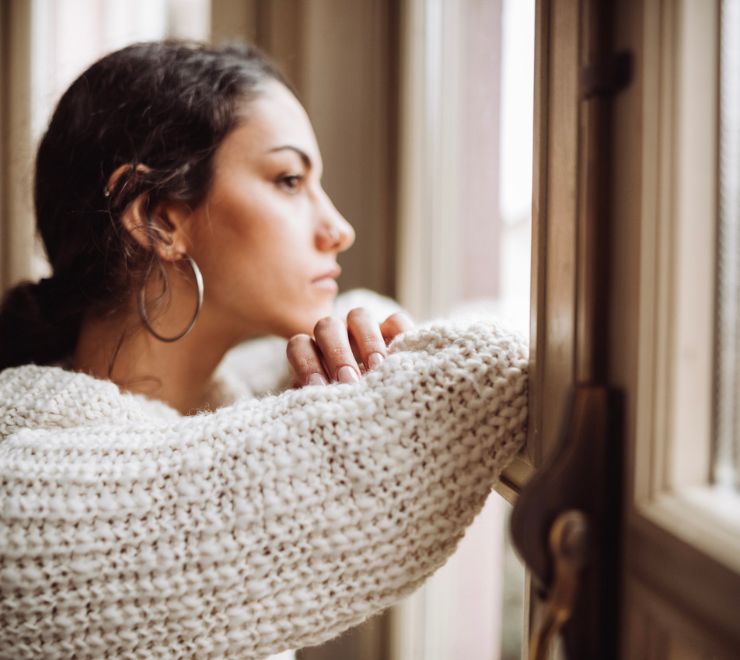Some people may call it harassment, abuse, meanness or drama. However bullying is labelled, it’s always considered to be harmful and unwanted behaviour. Bullying is done on purpose and is usually repeated.
Bullying is when someone uses their power to hurt, frighten, exclude or insult someone else. Bullying often occurs between people close in age and is never OK. Bullying can be a difficult experience, but it’s important to remember that you’re not alone.
You can check out the video below from a Kids Help Phone National Youth Council member, who offers some words of inspiration for anyone who’s being bullied / been bullied.
You are loved, and you are never alone.
Types of bullying
Bullying can affect a person’s feelings, relationships, self-esteem and sense of safety. It can also make people feel uncomfortable in everyday situations at home, work or school. Bullying can come in many different forms including:
- Physical bullying: harassing someone by hitting, shoving, tripping or any other use of physical force.
- Emotional or psychological bullying: harassing someone with verbal attacks, hurtful comments, name-calling or teasing.
- Cyberbullying: harassing someone over social media, text, email, websites and other digital channels.
- Social bullying: harassing someone by excluding them, spreading rumours or giving them “the silent treatment.”
- Discriminatory bullying: harassing someone based on sexual orientation, ethnicity, gender identity, religion or anything else perceived as making them “different.”



















